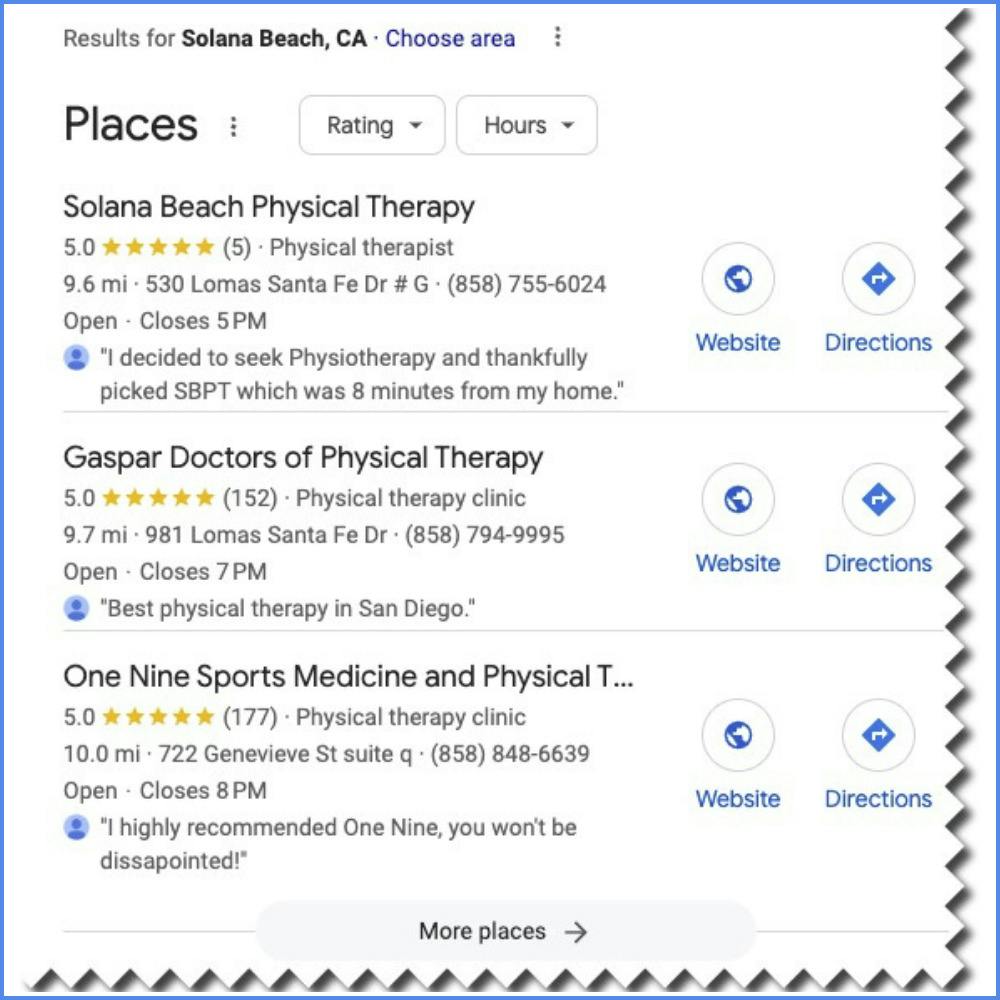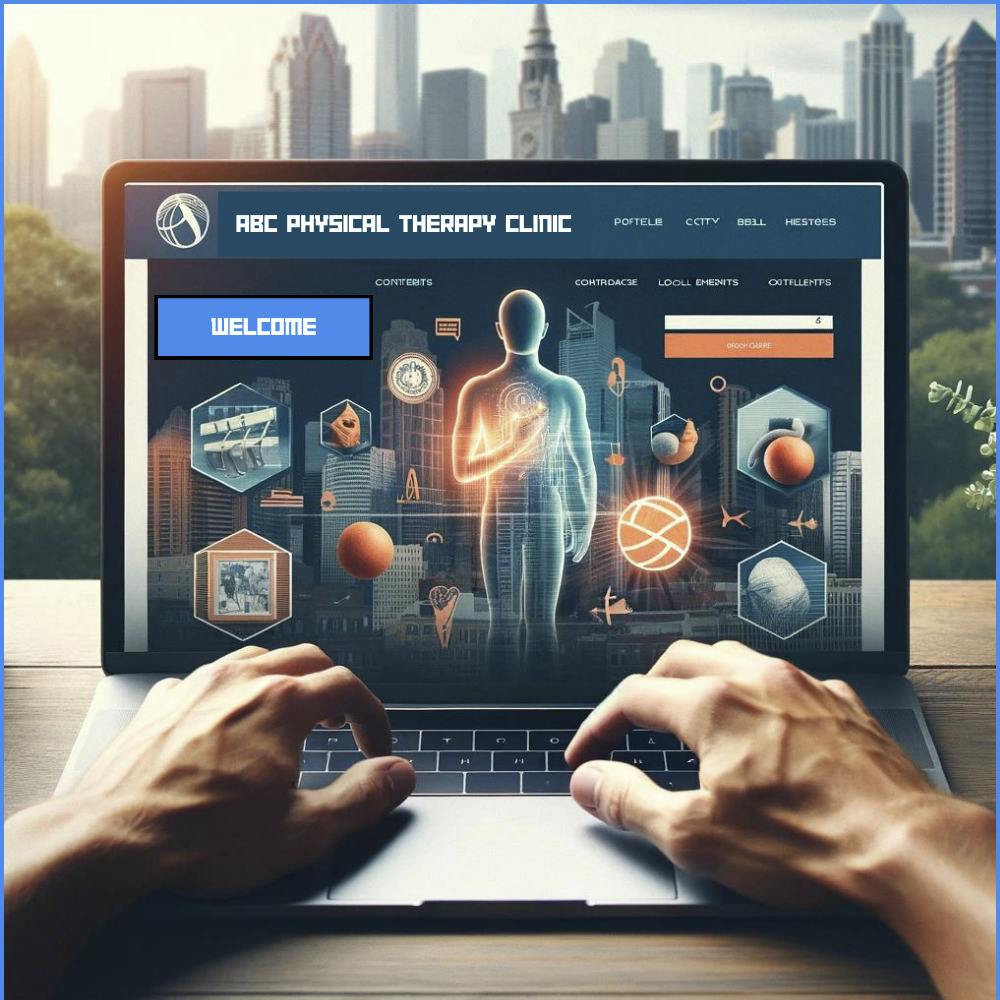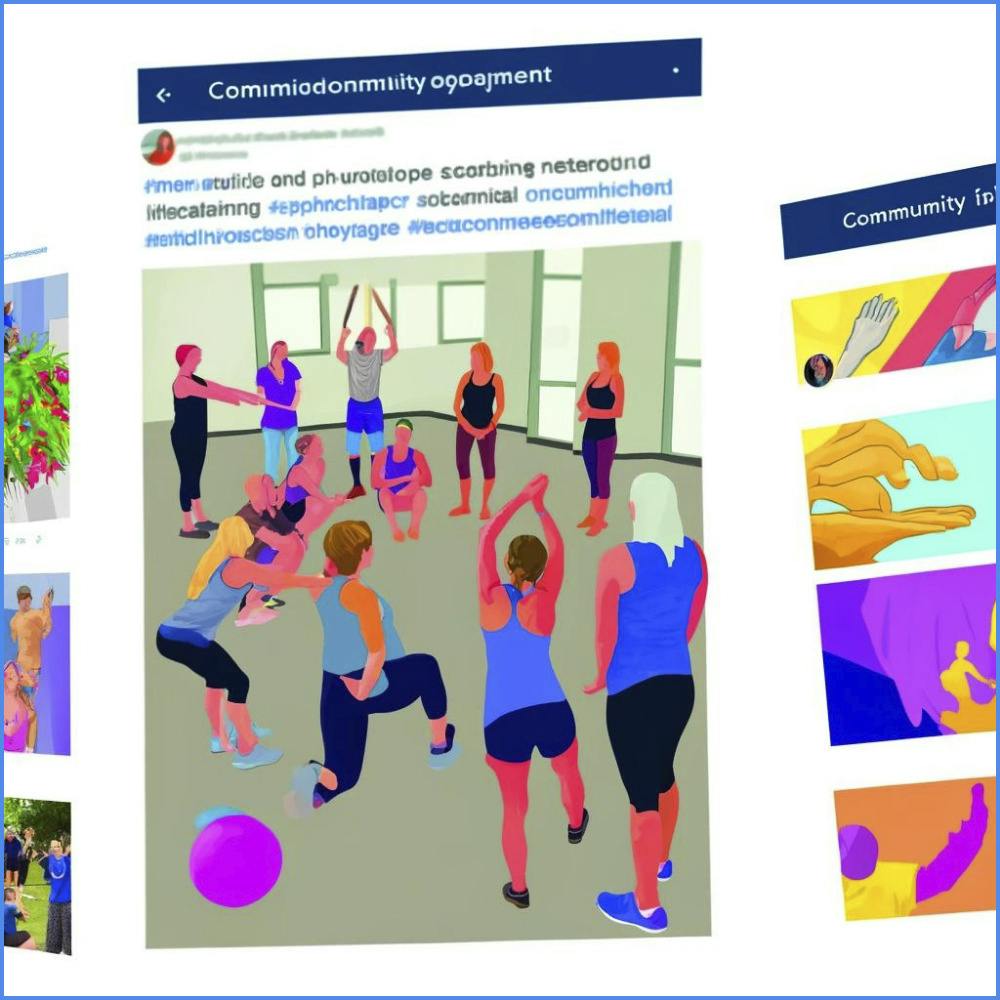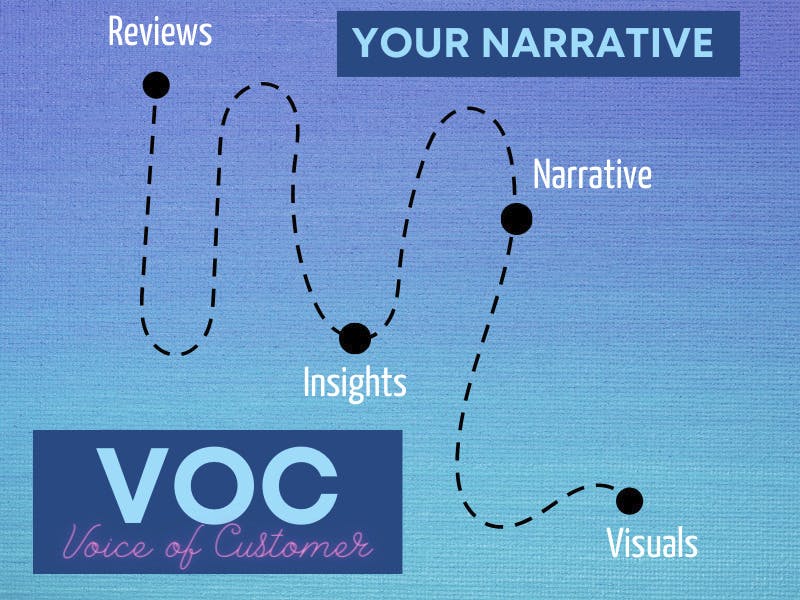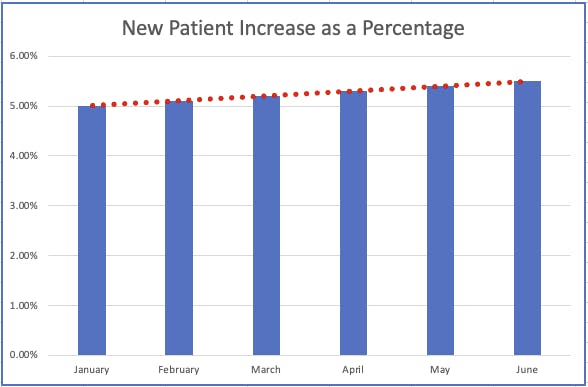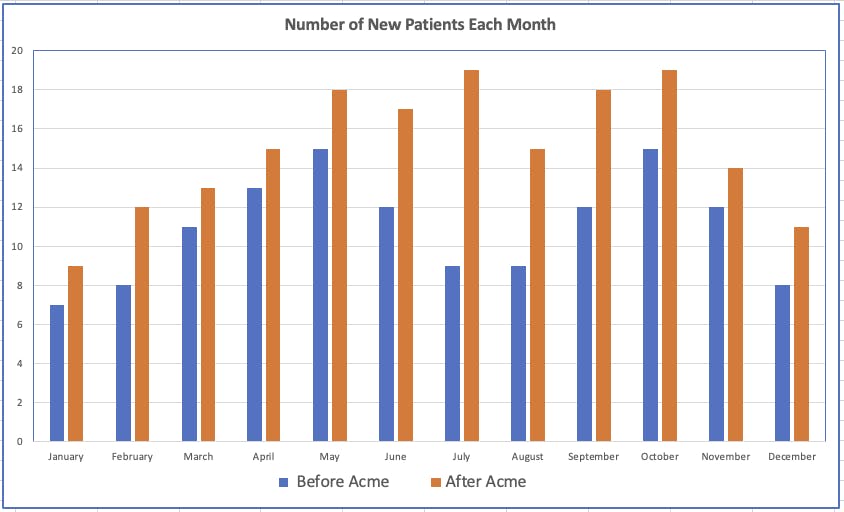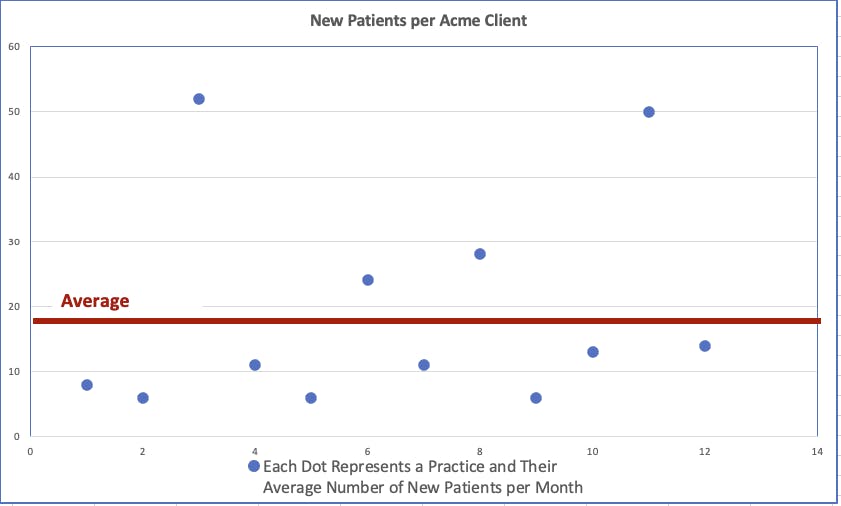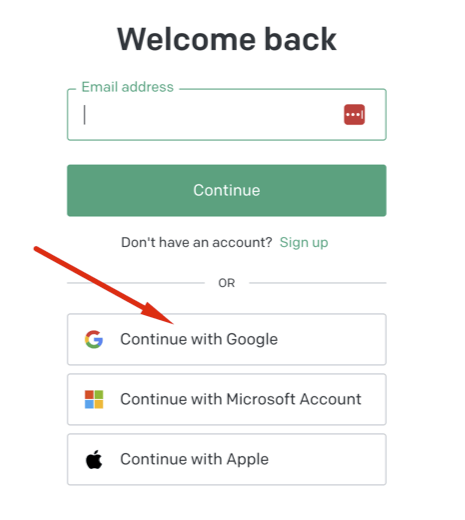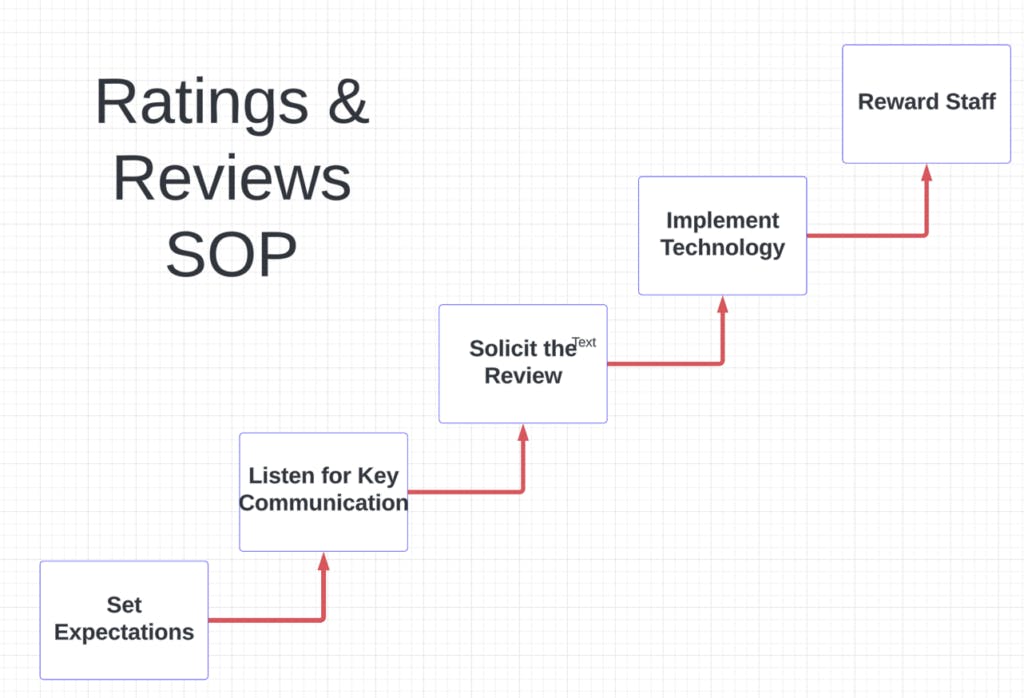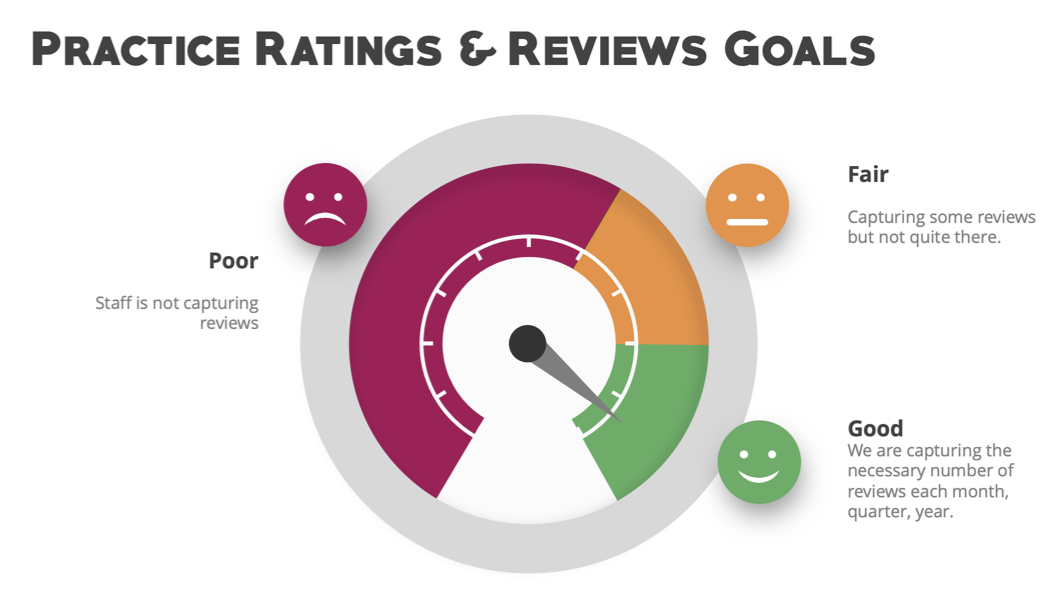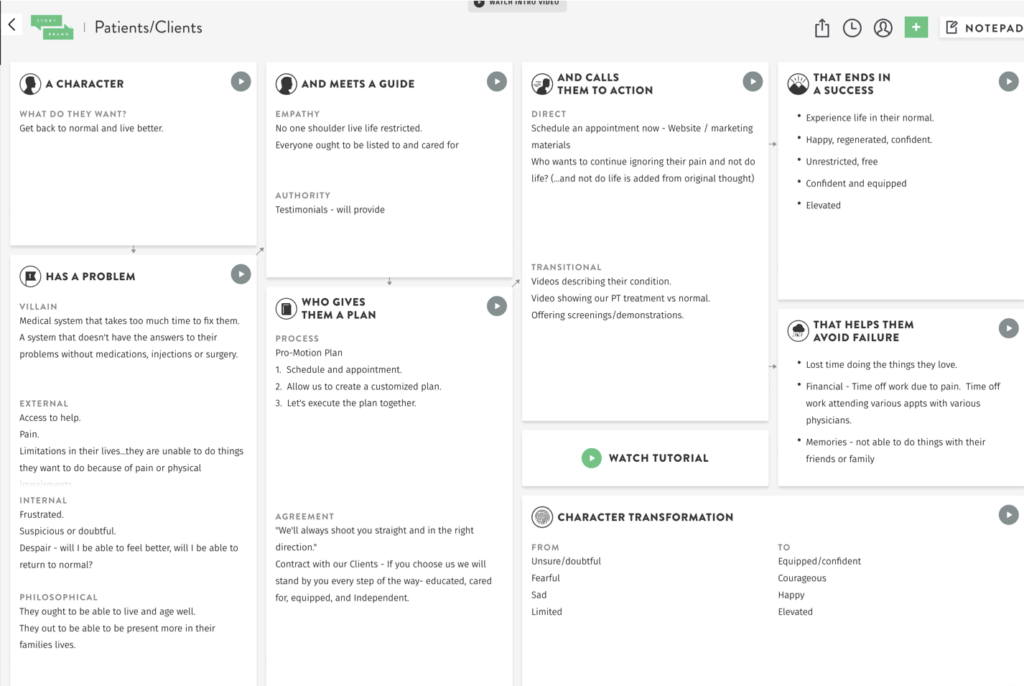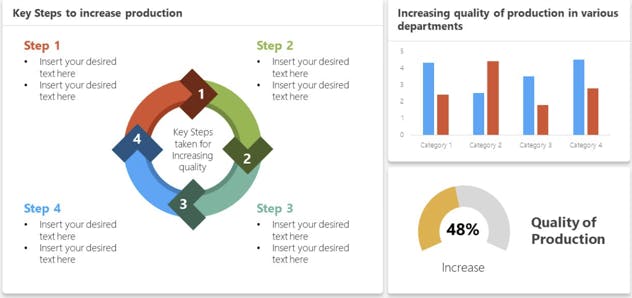At E-rehab.com, we pride ourselves on delivering exceptional digital marketing services to physical therapy private practices. Our comprehensive Marketing Support Services package is designed to enhance your online presence, attract more patients, and grow your practice. Recently, we conducted an analysis comparing the performance of clients using our Marketing Support Services package against those utilizing our Silver and Gold services. The results, as depicted in the graphic above are compelling and highlight the significant advantages of investing in our Marketing Support Services package.
1. Average Position Improvement in Google Rankings
32.4% Improvement with Marketing Support Services
- Marketing Support Services Clients: Average Map Ranking 3.8
- Silver/Gold Clients: Average Map Ranking 5.6
Insight: The higher your practice ranks on Google, the more clicks and traffic you receive. Our Marketing Support Services clients see a 32.4% improvement in their Google rankings, translating to better visibility and more potential patients finding your practice online. This improvement is crucial in the highly competitive field of physical therapy, where being prominently listed can significantly impact your patient acquisition.
2. Increase in the Number of Google Reviews per Location
116% Increase with Marketing Support Services
- Marketing Support Services Clients: Average of 139.6 Reviews
- Silver/Gold Clients: Average of 64.6 Reviews
Insight: Reviews are a cornerstone of building trust and credibility with potential patients. Marketing Support Services clients experience a staggering 116% increase in the number of Google reviews per location compared to those on the Silver and Gold plans. More reviews not only enhance your reputation but also positively influence your search engine rankings, as Google tends to favor businesses with higher review counts and ratings.
3. Increase in Website Visitors (Website Traffic)
103.9% Increase with Marketing Support Services
- Marketing Support Services Clients: Average of 418 Visitors
- Silver/Gold Clients: Average of 205 Visitors
Insight: Traffic is the lifeblood of any online presence. Our Marketing Support Services clients enjoy a 103.9% increase in website visitors, which means more potential patients are learning about your services. This surge in traffic is a direct result of improved search rankings, better content, and effective online marketing strategies that drive users to your website.
4. Increase in the Number of Appointment Requests
68.8% Increase with Marketing Support Services
- Marketing Support Services Clients: Average of 233.9 Appointments
- Silver/Gold Clients: Average of 128.9 Appointments
Insight: More traffic and better visibility naturally lead to an increase in appointment requests. Marketing Support Services clients report a 68.8% increase in the number of appointment requests, indicating that our comprehensive marketing strategies not only attract visitors but also convert them into patients. This increase directly impacts your practice’s revenue and patient base.
5. Increase in the Number of Phone Calls Per Location
41.5% Increase with Marketing Support Services
- Marketing Support Services Clients: Average of 149.9 Calls
- Silver/Gold Clients: Average of 106.2 Calls
Insight: Phone calls are often the first direct contact a potential patient will have with your practice. A 41.5% increase in phone calls per location for Marketing Support Services clients shows that our marketing efforts effectively drive potential patients to take action and reach out to your practice. This increase in calls not only boosts patient acquisition but also helps maintain a personal touch, which is crucial in the healthcare industry.
In Summary
The data clearly demonstrates that our Marketing Support Services package offers significant advantages over our Silver and Gold services. From improved Google rankings and increased reviews to higher website traffic, appointment requests, and phone calls, the Marketing Support Services package delivers comprehensive benefits that drive growth for your practice.
At E-rehab.com, we are dedicated to helping physical therapy private practice owners achieve their business goals through tailored digital marketing solutions. If you are looking to enhance your online presence and attract more patients, our Marketing Support Services package is the ideal choice.
For more information and to see how our services can benefit your practice, contact me at https://davidstraight.youcanbook.me.
By leveraging our expertise and proven track record, you can focus on providing exceptional care to your patients while we take care of your online marketing needs.





